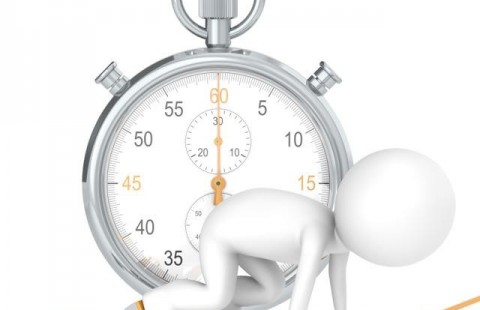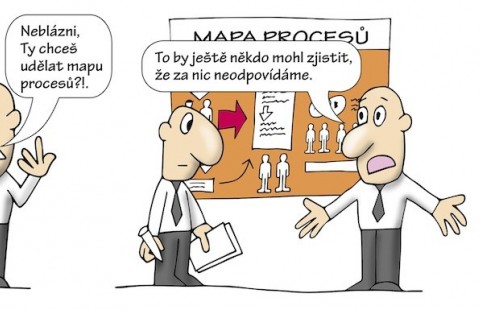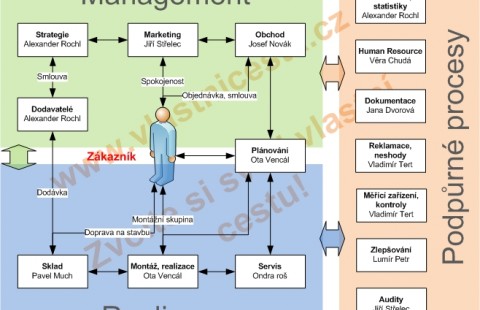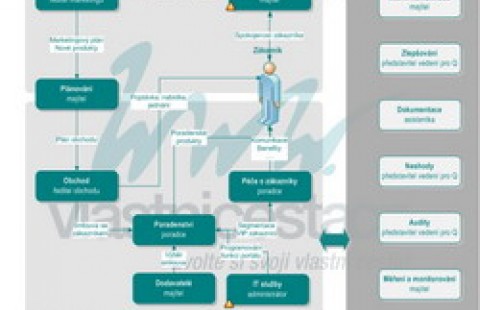Today even smaller companies are able to knoc out much bigger firms which often boast of their renown. Everything depends on the distribution of power within a particular market segment, and, also, on how familiar they are to managers.
Porter´s model of competitive forces
The competitors fight of today goes on in a different way than in the last century. Modern-day companies are looking for tools that would enable them to compete more offensively, on the one hand, while, on the other hand, being more resistant to competitive pressures within the legal boundaries of the market competition. Companies seek models and ways to overpower rival subjects which are not located only with direct competitors, but, it appears, they are taken to the limits of competition clashes which we could call “the cut-throat limits“.
The Competitors Fight
Companies clash to get competitive advantages not only in the product sphere, but also in the customer sphere. New rivals come to the market right with the customers, right with the suppliers. Through their know-how, especially in technologies, better technical facilities, new knowledge from research and staff professionalism, they are able to roll out a competitive clash.
It has to be said today even small companies are able to knock out bigger firms which frequently boast of their renown, yet they are often striken by the syndrome of routinism, outdated opinions on product research and development, limited perception only focused on themselves and their own satisfaction. Potential new competitors take advantage of this situation and, through their agility, outdo the “dinosaurs“ while profiting in such spheres where nobody would expect it before.
Another serious force active in competitive clashes is called the genesis of substitutes which add utility value to integrated products that we would formerly purchase as separate products. Let us give an example: ten years ago, in the former eastern bloc countries, we were surprised at the arrival of mobile phone. This particular utility has been vigorously outdone by the emergence of substitutes. Embedded in your mobile phone today, you have a dictation tape recorder, an mp3 player, a gps device, a radio, games, e-mail, the Internet, an image or even video clip transmission.
Your mobile phone works as a pager for your parked passeger car, and that is not all over yet. Already there are mobile phones, for instance, that monitor your health condition when under stress.
If we come back to the complexity of competition, we will find out through a rational analysis we are able to assess about five forces which have to be evaluated as part of the analysis and taken pretty seriously (see the image above). This was done for us, very wittingly, by Mr.Porter, who created his famous model of competitive forces.
Yet he failed to notify us clearly enough of the necessity to include their synergic mutual interactions. Indeed, leaving out one of those synergic interactions while analysing competition threats can cause severe collapses of even big corporations as they may lose their position on the market or goodwill.
The Porter´s model - a tool for rivalry analysis on the market
And now to the core of the matter. If we want to understand the essence of the Porter´s inspired ideas, we have to be able to find and use managerial tools that would enable, at least in part, evaluation and rational quantification of effects of both these five forces and their mutual synergic interactions. And be careful, these interactions are not constant but highly variable both in time and the market environment.

Legal aspects of insolvency and reorganization

The Real | Interim Manager for Your Changes

Manager work model

Time management - making use of time effectively

Jak správně tvořit mapu procesů

Modelling and setting the processes and procedures - ISO 9001

Training - preparation of the SWOT analysis and strategy

Company Management System of Quality Step by Step - ISO 9001

Process map acc ISO 9001 - business offer
The rivalry on the market is, according to Porter´s general forces, demonstrated in the image attached. Primarily, there are four forces taking effect, with the fifth force being the competitive rivalry.
Clearly, it is job for a team of erudite company workers cognizant of the corporate values and well-motivated for the years to come which will be even harder. Here, the team work is of the essence. The managers should be assertive regarding brainstorming, the methodology of incident affinity (cases, events, affairs, episodes, considerations, etc.) both from the competitors and their own company.
Note: Incident events explained: they are such events that have a non-vacant intersection, that is, a space where it may or may have come to a competitive clash. The science of geometry tells us two planes coincide if they have at least one intersection.



